
Summer Solstice and the emotional effects of the turning of the year
The first time I remember really noticing the extreme seasonal movement of the sun was as a young teenager growing up in the Chord Road in Drogheda. The front of our house faced north, and the bedroom which I shared with my two brothers was at the front, facing across the street to a long continuous row of south-facing houses. Direct sunlight generally only entered the house through south-facing windows, meaning that rooms such as the living room, with its very large window facing the southern aspect, required heavy curtains to block out the strong sunshine on very bright days which would make it difficult to see the TV screen.
I cannot remember what age I was, but I remember I was in my bedroom, possibly even in bed for the purpose of going to sleep, and a narrow strip of sunlight found its way in through a small gap between the curtains and the wall and shone onto the wallpaper in the alcove beside my bed. It must have been some time around midsummer, because in the years that followed, I noticed that this phenomenon only occurred in summertime. I was very glad for the light, and as I peered out through the far edge of the curtains, I could see the sun above the rooftops down the street and its fierce brightness forced me to squint my eyes. This coming of the light', which I now look back on with a sense that it was somehow replicating the midwinter illumination of the Newgrange chambers also happened to coincide with my summer holidays from school.

When the light started to brighten that otherwise dull corner of the room, I knew that holiday time was coming, and relaxed days, and no school or study or homework, and life seemed just grand. Inevitably, there would come a time, later in the summer, when the patch of sunlight ‘squeezing’ into the corner of my room would narrow to a very slender slit, and within days there would be no more ‘Newgrange effect’ in my room and the summer would begin to wane. That signalled the sad reality that school days wouldn’t be too far away (I never really enjoyed school) and the fun and freedom of summer holidays would soon be at an end.
Years later (a couple of decades, in fact), I found myself in the throes of a lengthy and detailed study of the movement of the sun from season to season as part of my research with my good friend Richard Moore which would culminate in the publication of our book Island of the Setting Sun: In Search of Ireland’s Ancient Astronomers. In an attempt to become intimately familiar with the annual ‘swing’ of the sun, in terms of its rising and setting positions on the eastern and western horizons, and its altitude in the sky during the day, I endeavoured to familiarise myself almost exhaustively with where the sun came up and went down relative to a particular fixed location, such as the great monument of Dowth, or Millmount in Drogheda, or the Baltray standing stones, or the Hill of Tara. It was during the course of that research that I finally realised the true extent of the sun’s movement along the horizons over the course of the year, something that I had only been vaguely aware of in the preceding years of my life.

It’s difficult to live at 53.6 degrees of latitude north of the equator and NOT notice the quite extreme difference in the length of the day from June to December. My detailed study of the sun-swing over a seven-and-a-half-year period from early 1999 to late 2006 revealed the true extent of travel of the sun from one solstice to another. The angular distance between Summer Solstice sunrise and Winter Solstice sunrise is around 85 degrees; in other words, the rising positions of the sun at the two solstices are almost at right angles to each other relative to the observer (me). At the moment the sun clears the horizon on 21st June, its azimuth is 47 degrees, 15 arc minutes, 43 arc seconds; on 21st December, its azimuth is 131 degrees, 44 arc minutes, 25 arc seconds. No wonder, then, the length of day varies so extremely between midsummer and midwinter in Ireland.
It’s little wonder, too, that I should have been emotively affected by the retreat of the sunbeam from my bedroom alcove as summer began to wane. What must life have been like in the Neolithic, when people lived in simple huts (by and large) and had only the light of a fire that needed constant tending to illuminate the winter darkness of their rudimentary homes?
Because of my lifelong interest in astronomy, the night sky, the stars and all of the heavenly bodies, I have developed persistent habits over the decades which include taking note of the visibility of those bodies whenever I find myself in a new or different location. In the 26 years I have been living in my current home, I have become intimately aware of certain circumstantial ‘alignments’ of heavenly objects with surrounding houses. A number of years back – I don’t know exactly when – a peculiar fact unique to the location of my house became apparent. Over the course of time, probably several years, I had watched in midsummer as the star known as Capella – the brightest star in the constellation Auriga, the Charioteer – swooped down low over the rooftops of houses situated to the north of our back garden about 30 metres away. Capella is the sixth-brightest star in the entire night sky, so even in the twilight of midsummer night, it is fairly easy to spot. Sometime around a decade or lees ago, a peculiar occurrence caught my notice. At exactly midnight on 21st June, the Summer Solstice, the star Capella is situated in a gap between two terraces of houses.

Using a foresight (preferably a distant one, such as a gap between mountains, or a hill peak) to mark the position of a celestial body at a certain moment in the year was a practice that stretched all the way back to the Neolithic in Ireland and other places. In this case, a much closer foresight in the form of that gap between the houses would have to suffice.
At 00:00 hours on midsummer’s night, the beautiful bright star Capella hangs there, in the space between those houses. Yes, I could just look at a calendar on my smartphone or my PC to determine what day of the year it is, but doing things the Neolithic way seemed like such fun.
I had done something similar decades earlier (and I wrote about this in the prologue of Island of the Setting Sun) when I noticed the fact that the Dog Star, Sirius, the brightest star in the night sky, appeared to rise above the Boyne Viaduct at the end of a long row of trees as viewed from the garden of our house in the Chord Road. From the vantage point of the small yard at the back of our marital home, I could now note the exact day of Summer Solstice by watching for Capella situated between the houses at the moment of midnight. If it was midnight and Capella had not yet reached that gap, it was not yet midsummer. If it was midnight and Capella was located beyond that gap, it meant that Summer Solstice had passed.

In recent years, during the summer, I have found myself watching the position of Capella in the northern skies for weeks before June 21st, and sometimes even for a couple of months, observing its gradual progress towards that magic midnight moment that would serve as a distinct visual cue that midsummer had arrived. It may sound odd, but seeing Capella to the left or west of that gap evokes a sense of gladness in me because I know it is not yet Summer Solstice, and the sun is still growing in declination and the days are still (albeit very slightly) lengthening.
The time span from Bealtaine, in early May (the ancient festival marking the beginning of summer and the start of the ‘bright half of the year’) until Summer Solstice is a period of the year when I find myself ebullient, knowing that we are coming to the longest days of the year. Once the moment of midsummer is reached, however, I tend to find my mood much more melancholic and subdued. From that point in time forward, the sun will begin its long, and at first slow, retreat southwards and the days will begin to shorten again, contracting in duration for the following six months until the year turns again at midwinter.
I know I am not the only one who greets the longest day with a sense of sadness, but as someone who has nurtured a detailed understanding of the mechanics of the sky over many decades, I realise I am perhaps more deeply affected by the turning of the year and the retreat of the sun than most people who have only a rudimentary knowledge of the distance of travel of the sun from solstice to solstice and the resulting effect on the length of day, the strength of the sunlight and the concomitant influence on our mood.
I am writing this article on the eve of Summer Solstice. It is 10:43pm and there is strong twilight, and some cirrus clouds in the northern sky are still showing a distinct reddish tinge, following a vibrant ‘red sky’ effect about twenty minutes ago or so. The long days are a joy to me, and undoubtedly to many. My time spent engaging in outdoor activities is much greater than it was a few months ago, and our electricity consumption in this household is much reduced right now.
Tomorrow, the sun will reach its greatest northerly declination and from that moment on, effectively until the end of the year, the days will be growing shorter and the sun sinking lower in the sky. Granted, we won’t really notice that for at least a few weeks, but the inevitability of it and the unstoppable nature of it brings a particular sense of brooding on me, as if someone has cast a great drape over my spirit.
If the sun didn’t sink quite as far as it does in midwinter, and if the days weren’t so short at that time, I might be better able to deal with the coming decline of the light. However, knowing well just how far the sun will retreat southwards along the horizon, and how low it will be at midday in midwinter, I feel an intense sadness for the fact that these beautiful, warm, long days cannot last much longer than they do. I have been looking forward to midsummer, and long and mild days, and strong sunshine, since watching the dawns at Newgrange six months ago, and although in January and February the Summer Solstice seemed so far away, the intervening months have flown by and here we are at the top of the year, on the longest days, and we must face the punishing reality that the short and dark days of winter must inevitably return.
Tomorrow, the sun will rise shortly before 5am and will set around 10pm. If the weather holds up, it will be a bright, warm and long day and it will be glorious. Oh that these days could last! I imagine that what I feel is an emotional response to the inevitability of decline, and it may be a manifestation of something that in recent decades has been recognised as a real condition Seasonal Affective Disorder. However, in my case if that’s what might be influencing my mood, it comes at the opposite time of year when symptoms would usually manifest themselves. Sometimes, knowledge is power. In by case, knowledge brings with it a foreboding sense of coming darkness, even if it is a long way away.
I wrote about this very subject – the emotional effects of the knowledge that winter will inescapably return even though we are at the height of the year – in a chapter of my book Mythical Ireland: New Light on the Ancient Past. In that book, I could not resist the temptation of drawing comparisons between the turning of the year at midsummer, and the consequent march towards winter, and the brevity of the time span of our own lives. Here is what I wrote:
One of the other things that makes me sad, even on those lovely long evenings of summer, is the fact that the relentless movement of the sun, and the consequent brightening and darkening of the days, is an eternal reminder of the fleeting and changing nature of our own lives. There, reflected in the everyday movements of that golden ball upon which we depend for so much, we see in vivid reality the corruptible nature of our own carnal selves. Just as the day rises tentatively in the east, and the noon comes brightly to strengthen the day, the evening arrives all too swiftly and the day is spent. All this is extended and magnified in the great drama of the seasons, and all too quickly the autumn arrives, with its fallen leaves and drooping spirits ushering in the harsh winter. So even as we watch the sun dropping down into the far green-grey hills in the warm evening, we contemplate the relentless march of time, and of season, and how the winters and summers rise and fall with alarming haste.
In short, we see in the waxing and waning of the year our own coming to full vitality in early adulthood, followed by an inexorable and creeping decline towards the winter of our lives and our eventual demise. The seasons remind us of our own mortality. At fifty, it is highly likely that my own midsummer has come and gone, and I am almost certainly in the afternoon of my life, and when I contemplate that reality I am pensive and even gloomy. I am mortal. I have been blessed and fortunate to live through fifty summers. I doubt very much that I will see fifty more.
I suspect that people at lower latitudes do not feel what I might call ‘midsummer melancholy’, mainly because the variance in the length of day from Summer Solstice to Winter Solstice is much less acute, and in saying that I can only feel a sense of deep pity and sympathy for the people who live at much more northerly latitudes than us residents of the Boyne Valley. The Icelandic people, for instance, endure MUCH shorter winter days than us, and while their midsummer days mean they experience no true night in June, I cannot imagine how they gird themselves for the unstoppable decline of light as they head into their winter time.
A few minutes ago, I went out to the yard to look for Capella, and saw it just above the rooftops, a short distance to the left (west) of the gap between the houses. It is not yet, not quite midsummer, and for the shortest moment I feel comfort in the fact that the year is still growing and the sun has not yet reached the upper limit of its yearly travel. And yet, having said all that, I feel a sense of mournfulness because in the coming days we will have passed the height of the year and will begin the long journey towards midwinter.

I cannot be the only one who is afflicted by midsummer melancholy. Perhaps the best thing I can do at this moment is to enjoy the light, to savour the longest days and shortest nights, and to find solace in the fact that I am alive to see these things and reflect upon them as an astronomer who is also a philosopher who is also a writer.
Happy Summer Solstice to each and every one of you!
Anthony


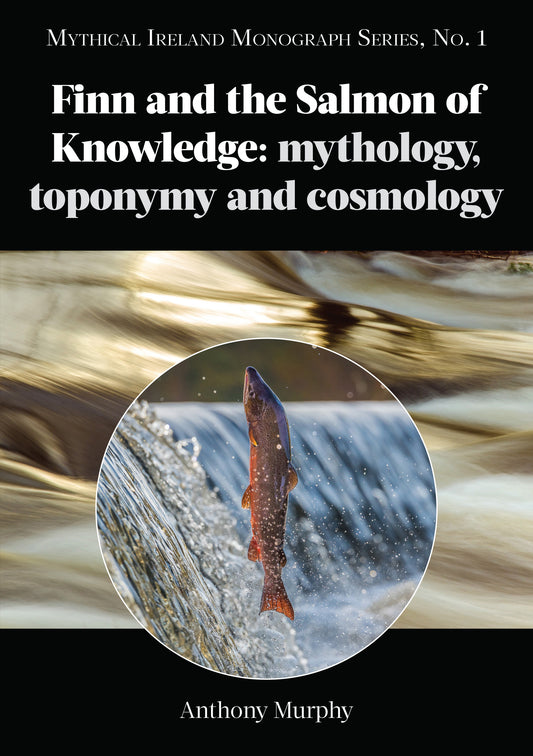
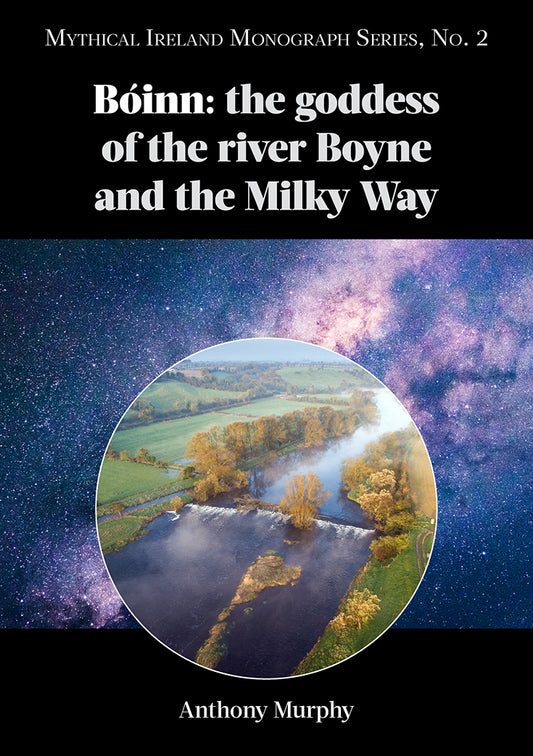
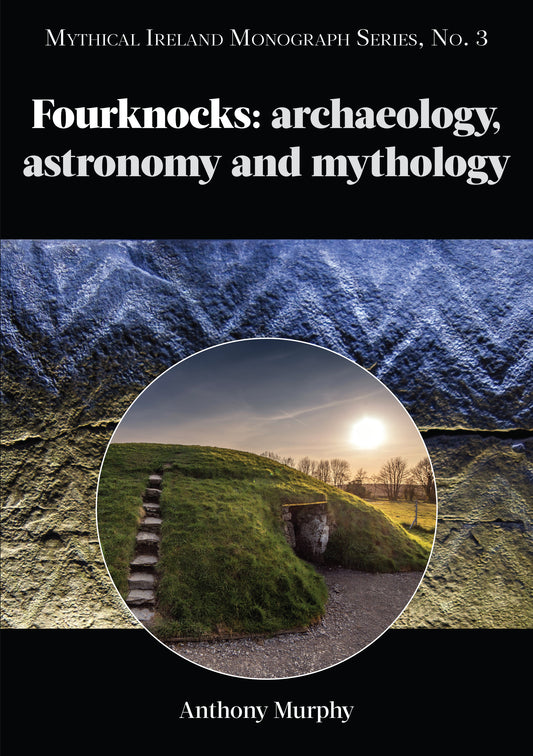
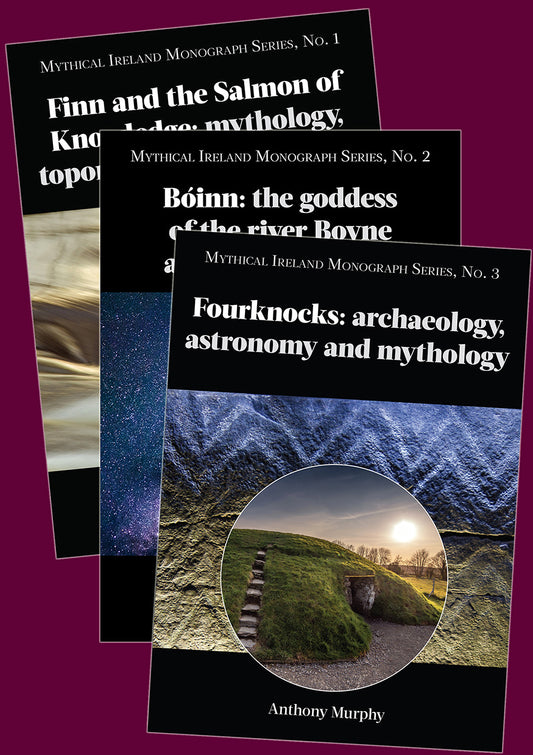
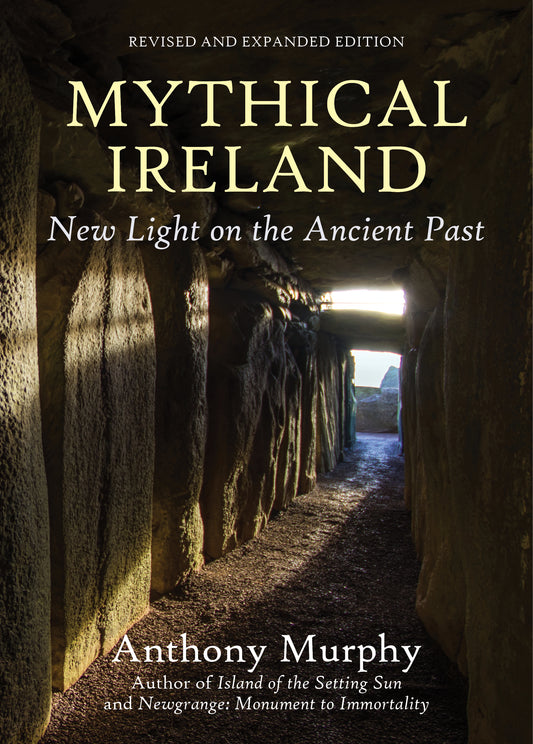
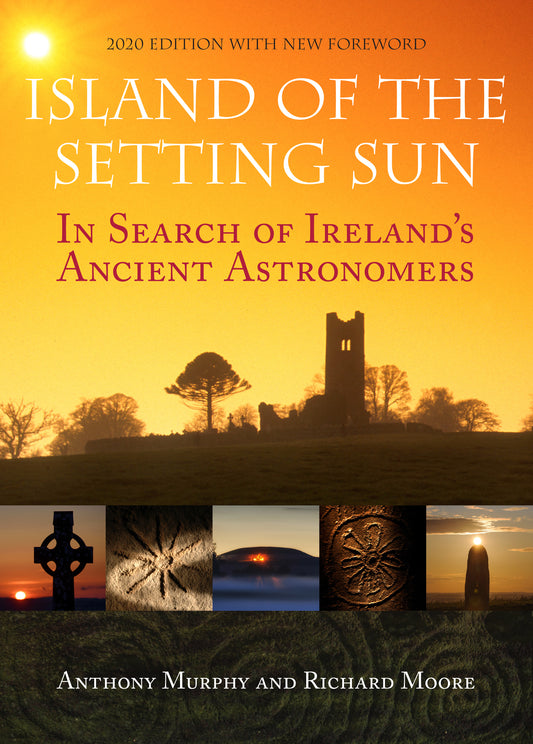
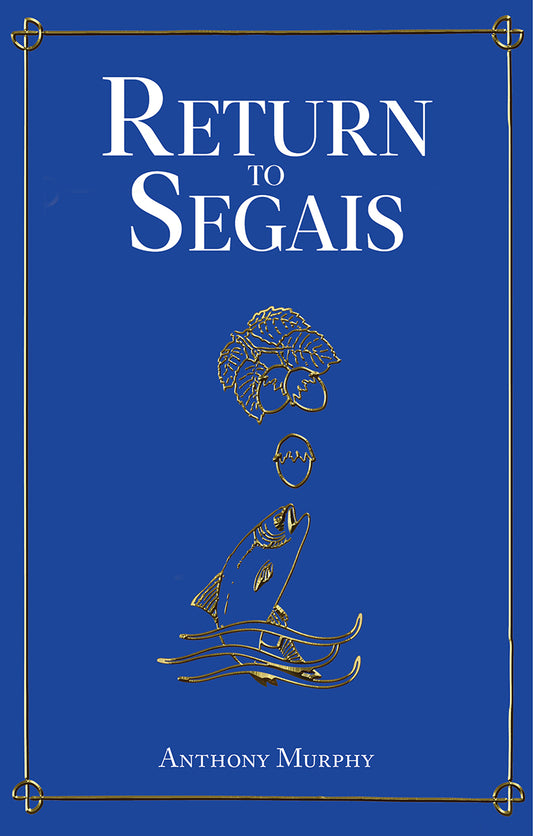
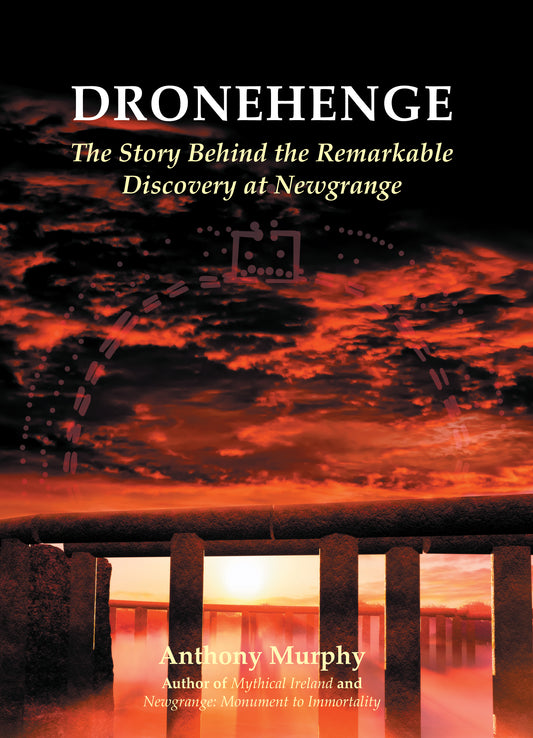
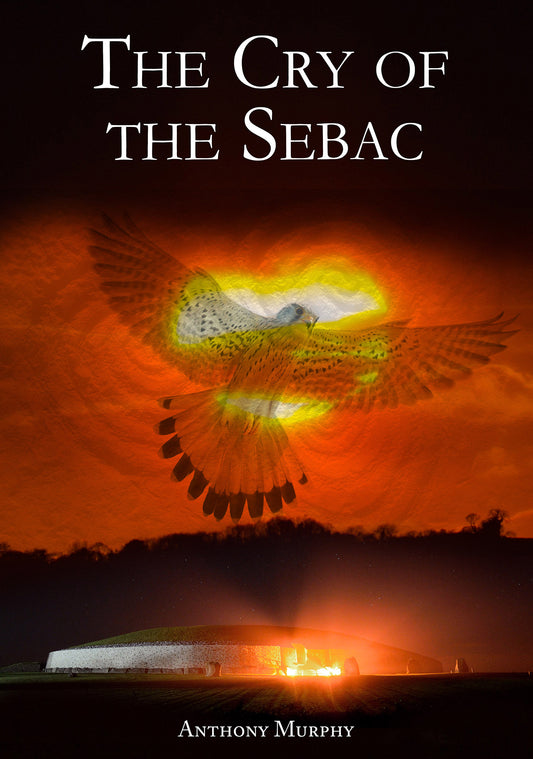
3 comments
I found your blog while googling to see if the summer solstice bings melancholy- trying to account for my sudden black mood. Thanks for the fellow feeling!
I found your blog while googling to see if the summer solstice bings melancholy- trying to account for my sudden black mood. Thanks for the fellow feeling!
Anthony, can you check if movement of moon coincides position over Millmount at equinox? & all 3 of the hills on your side of town? I saw a full moon sitting right over above Millmount last September 20’ish (had been visiting Pat Kane in Ballsgrove) & wondered whether it was associated with harvest season in Boyne Valley & its cult, also whether original name of town was in fact ‘Droichead M’athair’ in honour of the Old Mother/Cailleach cult, due to its geography both earthly & stellar? Regards, Una